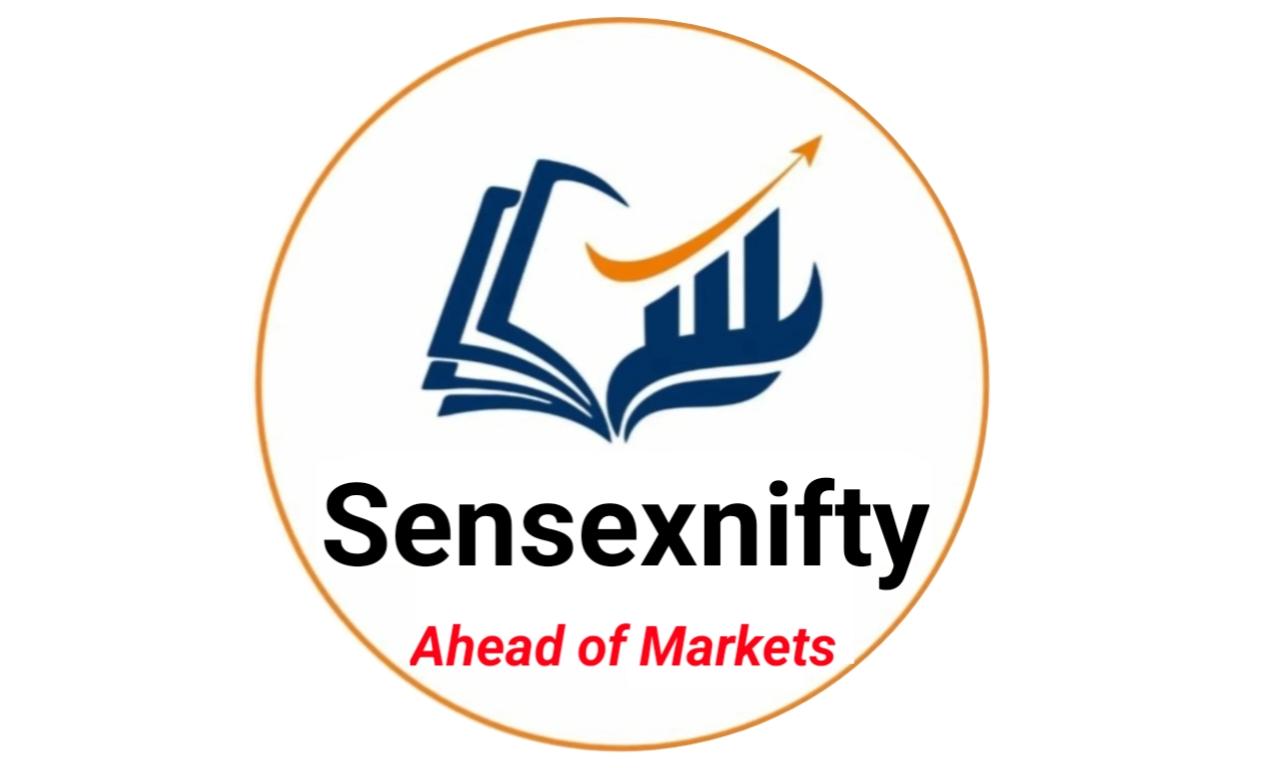
The Federation of Automobile Dealers Associations (FADA) has released the market share data for February 2025, offering insights into the performance of two-wheeler, passenger vehicle (PV), and commercial vehicle (CV) manufacturers. This report highlights the changing dynamics of the Indian automobile industry, with some companies maintaining dominance while others experience fluctuations in market share.
1)Two-Wheeler Segment
The two-wheeler industry recorded total sales of 13,53,280 units in February 2025, compared to 14,44,674 units in February 2024, indicating a slight decline. Despite this, key players have retained their positions in the market.
Hero MotoCorp remains the segment leader, with 3,85,988 units sold, accounting for 28.52% of the market share, which is slightly lower than last year’s 28.67%. Honda Motorcycle & Scooter India follows closely, with a market share of 24.72% and 3,28,502 units sold. TVS Motor Company has increased its market presence, securing an 18.73% share compared to 17.21% in February 2024.
Bajaj Auto Group recorded sales of 1,53,631 units, maintaining an 11.35% market share. Suzuki Motorcycle India and Royal Enfield continue to hold their respective positions, contributing 5.67% and 5.18% to the market.
The electric two-wheeler segment, represented by companies such as Ather Energy, Ola Electric, and Greaves Electric Mobility, is still in its growth phase, with limited but increasing market participation.
Gained Market Share:
TVS Motor Company increased its market share from 17.21% to 18.73%, indicating a stronger market presence.
Suzuki Motorcycle India grew from 5.09% to 5.67%, showing steady demand for its products.
Royal Enfield slightly increased its share from 4.55% to 5.18%.
Ather Energy and Ola Electric also grew their market share, signaling increasing demand for electric two-wheelers.
Lost Market Share:
Hero MotoCorp, despite being the leader, saw its market share decline from 28.67% to 28.52%.
Honda Motorcycle & Scooter India dropped from 24.66% to 24.72%, a minor decline.
Bajaj Auto Group’s share fell from 11.88% to 11.35%, indicating a loss in market strength.
Yamaha India also saw a decline from 3.69% to 3.41%.
2)Commercial Vehicle Segment
The commercial vehicle market saw total sales of 82,763 units in February 2025, which is lower than the 90,551 units sold in the same month last year.
Tata Motors continues to dominate this sector, holding a 32.53% market share despite a drop in sales from 32,555 units last year to 26,925 units this year. Mahindra & Mahindra has gained market presence, increasing its share to 25.55%, while Ashok Leyland holds a steady 17.39% share.
Other key players, including VE Commercial Vehicles, Maruti Suzuki India, and Force Motors, have maintained their market positions with minor fluctuations.
Gained Market Share:
Mahindra & Mahindra improved its market share from 23.50% to 25.55%, reflecting an increase in demand for its commercial vehicles.
Ashok Leyland saw a slight increase from 17.02% to 17.39%.
Lost Market Share:
Tata Motors, while still the market leader, saw its share decline from 35.95% to 32.53%.
VE Commercial Vehicles saw a drop from 6.77% to 7.57%.
Force Motors, Daimler India, and SML Isuzu also registered slight losses in market share.
3)Passenger Vehicle (PV) Segment
The passenger vehicle segment reported sales of 3,03,398 units in February 2025, compared to 3,38,390 units in February 2024. Although there has been a slight decline in overall sales, some companies have shown strong performance.
Maruti Suzuki India continues to lead the market with a 38.94% share, selling 1,18,149 units. Mahindra & Mahindra has strengthened its position with a 13.15% market share, reflecting its strong SUV lineup. Tata Motors and Hyundai Motor India hold market shares of 12.75% and 12.58%, respectively.
Toyota Kirloskar Motor and Kia India have shown resilience, with Toyota’s market share increasing to 7.11%. Skoda Auto Volkswagen Group has also expanded its presence, improving its market share to 2.13% from 1.76% last year.
Luxury car brands such as Mercedes-Benz, BMW, and Audi continue to compete for premium customers, maintaining their niche positions in the market.
Gained Market Share:
Mahindra & Mahindra saw a strong increase, rising from 11.74% to 13.15%, indicating strong demand for its SUVs.
Toyota Kirloskar Motor’s share grew from 6.08% to 7.11%.
Skoda Auto Volkswagen Group also increased its market presence, moving from 1.76% to 2.13%.
Lost Market Share:
Maruti Suzuki, though still the leader, saw a slight drop from 39.34% to 38.94%.
Tata Motors declined from 13.51% to 12.75%.
Hyundai Motor India lost market share, going from 14.05% to 12.58%.
Kia India saw a small decline from 6.18% to 6.19%.
The Indian automotive industry remains highly competitive, with shifts in consumer preferences and market trends. While traditional leaders such as Maruti Suzuki, Tata Motors, and Hero MotoCorp continue to dominate, Mahindra & Mahindra has shown notable growth. The commercial vehicle sector is witnessing changes, with Mahindra gaining ground and Tata Motors experiencing a slight decline. The two-wheeler industry continues to see steady competition, with TVS increasing its market share.
With the growing focus on electric vehicles, evolving government policies, and changing consumer demands, the Indian automobile industry is poised for further transformation in the coming months.
Disclaimer
The data presented in this article is based on the FADA Research report and is intended for informational purposes only. Market share percentages and sales figures are subject to change based on updated industry reports and manufacturer disclosures. Readers are advised to refer to official sources for the latest updates.




